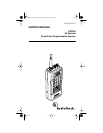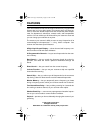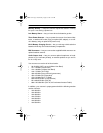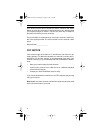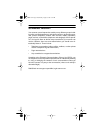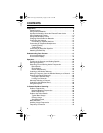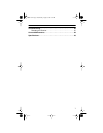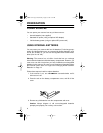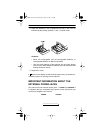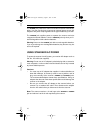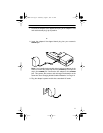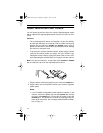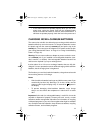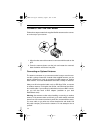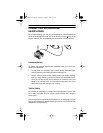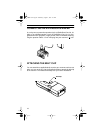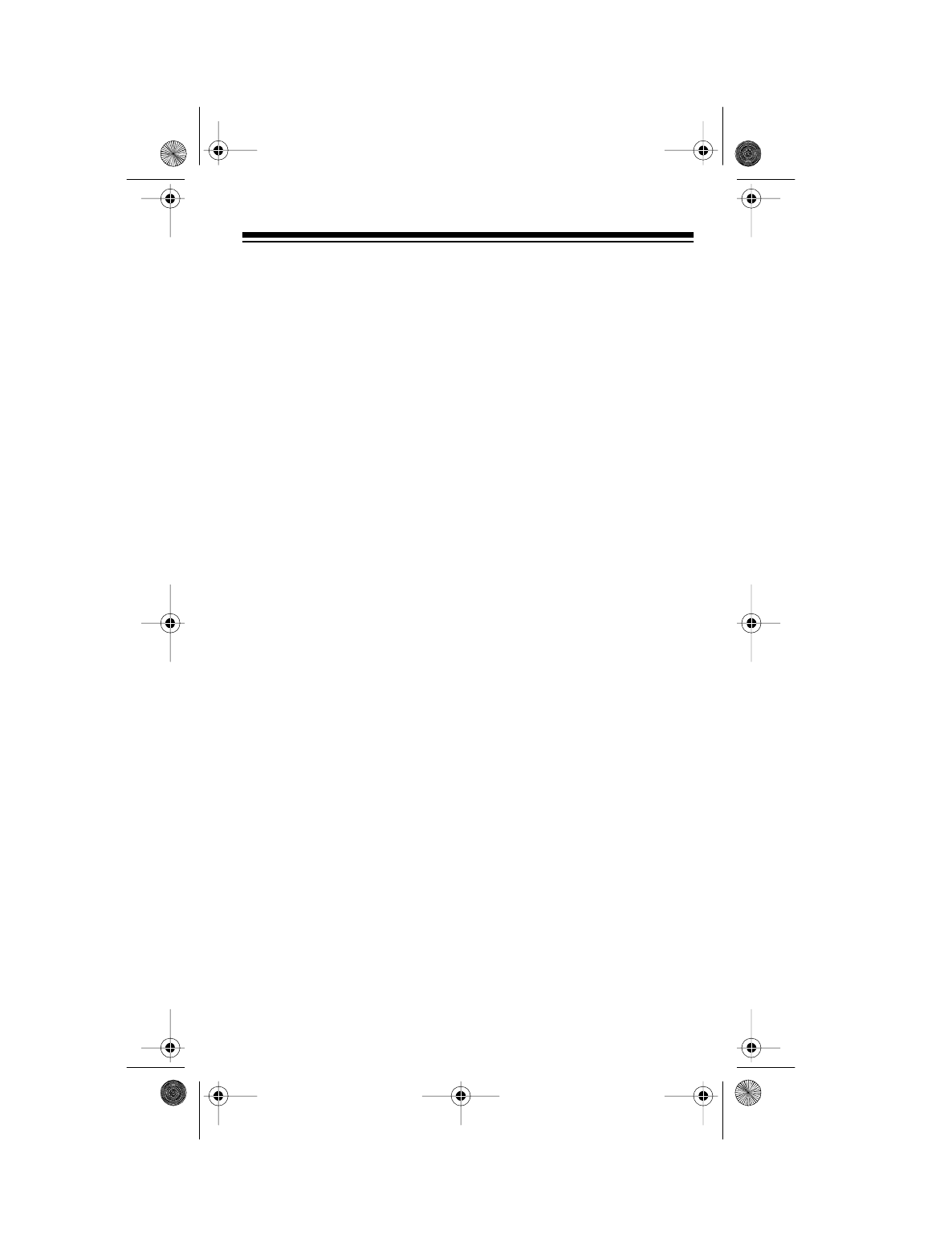
3
Memory Backup — keeps the channel frequencies stored in memory
for up to 1 hour during a power loss.
Low Battery Alarm — lets you know when the batteries get low.
Three Power Sources — let you power the scanner from internal bat-
teries, a standard AC outlet (using an optional AC adapter), or a vehi-
cle’s battery (using an optional DC power cord).
Ni-Cd Battery Charging Circuit — lets you recharge nickel-cadmium
batteries while they are inside the battery compartment.
BNC Connector — lets you connect the supplied flexible antenna or an
optional outdoor antenna.
Audio Output Jack — lets you connect optional earphones or head-
phones so you can listen privately, or external speakers so you can lis-
ten in a noisy area.
Your scanner can receive all of these bands:
• 29–54 MHz (VHF Low and 6-Meter Ham Band)
• 137–144 MHz (Government)
• 144–148 MHz (2-Meter Ham Band)
• 148–174 MHz (VHF High)
• 406–450 MHz (Ham radio and government)
• 450–470 MHz (UHF Standard)
• 470–512 MHz (UHF “T” Band)
• 806–823.9375 MHz (Public Service)
• 851–868.9375 MHz (UHF Hi)
• 896.1125–956 MHz (UHF Hi, 33 Centimeter Amateur Radio)
In addition, your scanner is preprogrammed with the following weather
service channels:
• 162.400 MHz
• 162.425 MHz
• 162.450 MHz
• 162.475 MHz
• 162.500 MHz
• 162.525 MHz
• 162.550 MHz
20-511.fm Page 3 Wednesday, August 4, 1999 2:13 PM



